Rough Chervil
This widespread and common member of the apiacea or carrot family looks very much like edible wild chervil but it is poisonous. The scientific name temulum means drunken alluding to some of the symptoms shown by animals after consumption. It is slightly smaller at 1m than wild chervil and is the first of the apiacea to flower after wild chervil so it is often mistaken for it – another good reason to not forage for wild chervil!
| Hedgerow Type | |
| Common Names | Rough Chervil, Rough chervil |
| Scientific Name | Chaerophyllum temulum |
| Season Start | |
| Season End |
Leaves
Tapering serrated leaves like chervil or hemlock. Twice or three times pinnate (branched). Hairy on both sides.
Flowers
Small white flowers in umbels very typical of the apiacea/carrot family and closely resembling wild chervil or hemlock. Extra small leaves hanging down around edge of umbels – bracts.
Other Facts
The number of toxins in and symptoms caused by eating rough chervil is impressive. Vertigo, drowsiness, stomach inflamation, heart issues, are caused by ingestion, and the sap causes irritation and rashes. It has been used in folk medicine, at one point for leprosy where temporary blindness was a side effect!

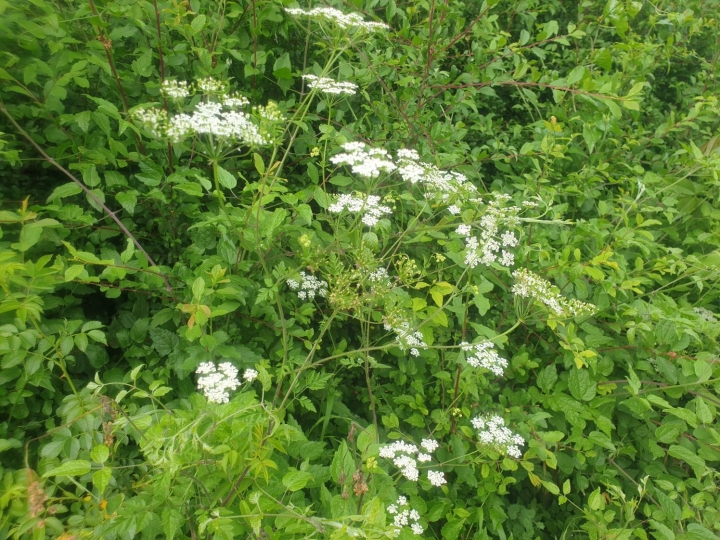










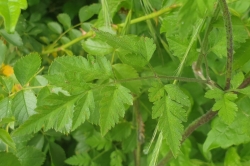
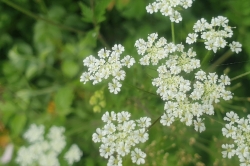
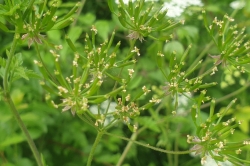
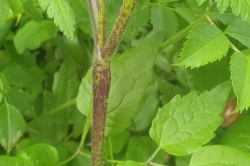
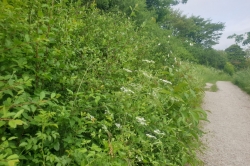





COMMENTS